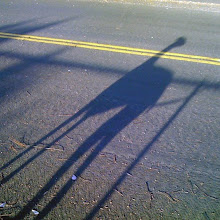I Zing the Tubb-Husband Electric


You might think a guy who wouldn't look out of place on a Smith's Coughdrops box might not be the man to turn to for an invention that would be useful for scientific and entertainment purposes. But without James Wimshurst, Frankenstein movies wouldn't be as cool. For on a whim, this decidely unwhacky Englishman, who managed to marry a Tubb and not giggle (his wife's maiden name was Clare Tubb and you have to hope the minister said, "Will you take this Tubb to be your lawfully wedded wife?"), created the Wimshurst machine, sometimes called a Holtz-Wimshurst machine, but never called a Tubb-Wimshurst machine. (Billy Bob calls it a slingblade.) Now don't give me any static trying to explain. It's an electrical influence machine with two poles and when the electricity gets revved up (if you want to know how, go ask a scientist--I think it has something to do with kites and thunderstorms and black and white film and a slightly slow guy with a hump), it flies back and forth in wonderfully cinematic arcs. Later inventors came up with their own variations, including W.R. Pidgeon's Pidgeon Machine, which not only looked fascinating but made tasty squab.

Labels: get a charge out of that?, twisted history


1 Comments:
Cool side note that I couldn't figure out a way to explain and make funny, too: when Brian Eno was recording the brilliant Another Green World, he asked guitarist Robert Fripp if he knew what a Wimshurst machine was. When Fripp said yes, Eno said, "Make the solo sound like a Wimshurst machine." Thus Fripp came up with the fantastically jiggedly-jagged work for "St. Elmo's Fire," one of the best solos of all time (non-guitar as phallus, guitarist wearing "o" for orgasm face division).
Post a Comment
<< Home